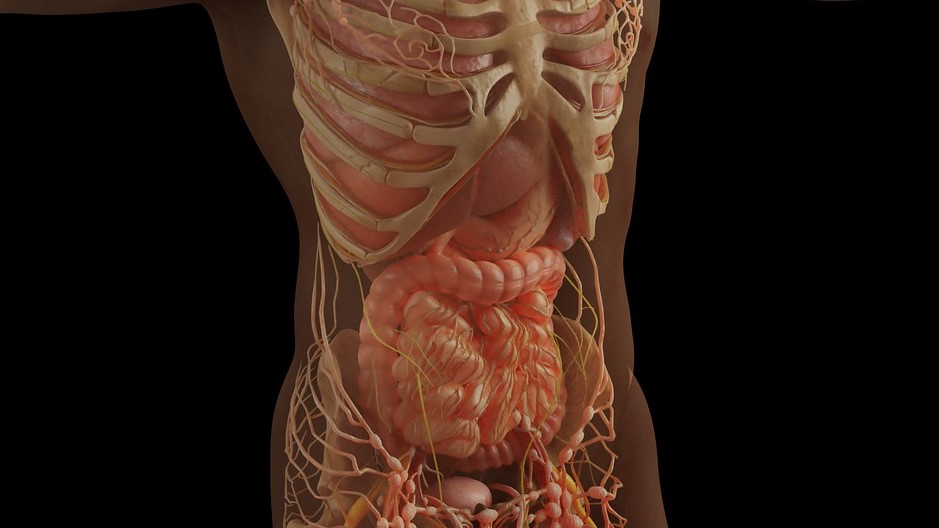Add-on for Statins Greatly Reduces Recurrence of Heart Attacks

Patients who receive an add-on medication soon after a heart attack have a significantly better prognosis than those who receive it later, or not all. These are the findings of a new study from researchers at Lund University in Sweden and Imperial College London.
Their analysis suggests that treating patients earlier with a combination of statins and the cholesterol-lowering drug ezetimibe could prevent thousands of new heart attacks in the UK over a decade.
Cardiovascular disease is by far the most common cause of death worldwide, with heart attack (‘myocardial infarction’) being the most common acute event.
For those who survive a heart attack, the risk of a new heart attack is greatest in the first year after the initial event because the blood vessels are more sensitive, making it easier for blood clots to develop.
Our findings suggest that a simple change in treatment guidelines could have a huge impact on patients and reduce the demand on the NHS.
Professor Kausik Ray, School of Public Health
Reducing LDL or “bad” cholesterol in the blood can stabilise changes in the vessels, decreasing the risk for new events.
The current treatment guidelines for patients are high-potency statins immediately after a heart attack, to lower their cholesterol levels.
However, the majority of patients do not reach recommended cholesterol levels using only statins, and so need an add-on treatment, such as ezetimibe.
“Today’s guidelines recommend stepwise addition of lipid-lowering treatment. But it’s often the case that this escalation takes too long, it’s ineffective and patients are lost to follow-up,” says Margrét Leósdóttir, Associate Professor at Lund University and senior cardiology consultant at Skåne University Hospital in Malmö, Sweden. “By giving patients a combination treatment earlier, we could help to prevent many more heart attacks.”
Co-investigator Professor Kausik Ray, from Imperial College London’s School of Public Health, said: “This study shows that we could save lives and reduce further heart attacks by giving patients a combination of two low-cost drugs.
“But at the moment patients across the world aren’t receiving these drugs together. That’s causing unnecessary and avoidable heart attacks and deaths – and also places unnecessary costs on healthcare systems.
“Our study shows the way forward; care pathways must now change for patients after this type of heart event.”
Reducing heart attacks
In the latest study, the international team examined outcomes for heart attack patients if they received a combination of statins with the add-on therapy ezetimibe (within 12 weeks after a heart attack), statins with ezetimibe added later (between 13 weeks and 16 months), or just statins with no ezetimibe at all.
Based on Swedish registry data from 36 000 patients who had a heart attack between 2015 and 2022, the researchers used advanced statistical models to emulate a clinical trial.
The results show that patients who received a combination treatment of statins and ezetimibe within 12 weeks of a heart attack and were able to lower cholesterol to the target level early, had a better prognosis and less risk of new cardiovascular events and death than those who received the add-on treatment later, or not at all.
From the analysis, the researchers believe many new heart attacks, strokes and deaths could be prevented every year internationally if the treatment strategy were to be changed.
Under a scenario in which 100% of patients would receive ezetimibe early, they estimate 133 heart attacks could be avoided in a population of 10 000 patients in 3 years.
The researchers suggest that in the UK, which records an estimated 100 000 hospital admissions from heart attacks a year,[1] this would equate to an estimated 5000 heart attacks being prevented over a ten year period.[2]
Improving guidance
Dr Leósdóttir said: “Combination therapy is not applied up-front for two main reasons. General recommendations are not included in today’s guidelines and a precautionary principle is applied to avoid side effects and overmedication.
However, there are positive effects from applying both medicines as soon after the infarction as possible. Not doing this entails an increased risk. In addition, the drug we have examined in the study causes few side effects and is readily available and inexpensive in many countries.”
Margrét Leósdóttir hopes that the research results will in time provide support for changes in the recommendations. A treatment algorithm has already been introduced at her hospital in Sweden to help doctors to prescribe appropriate lipid-lowering treatment for patients who have had a myocardial infarction.
It has been noted that patients achieve their treatment goals earlier and two months after the infarction twice as many patients have reduced their bad cholesterol to the target level, compared with previously.
“Several other hospitals in Sweden have also adopted the algorithm and there are similar examples from other countries that have produced as good results. My hope is that even more will review their procedures, so that more patients will get the right treatment in time, and we can thereby prevent unnecessary suffering and save lives.”
Source: Imperial College London









